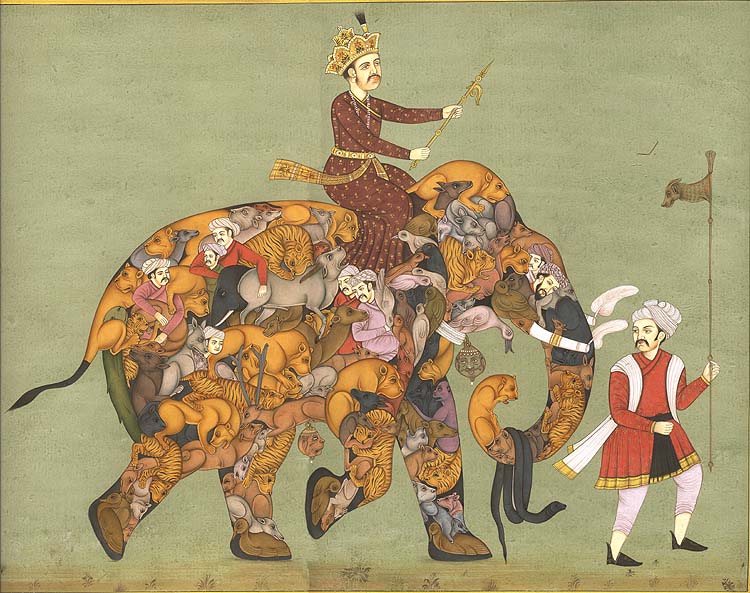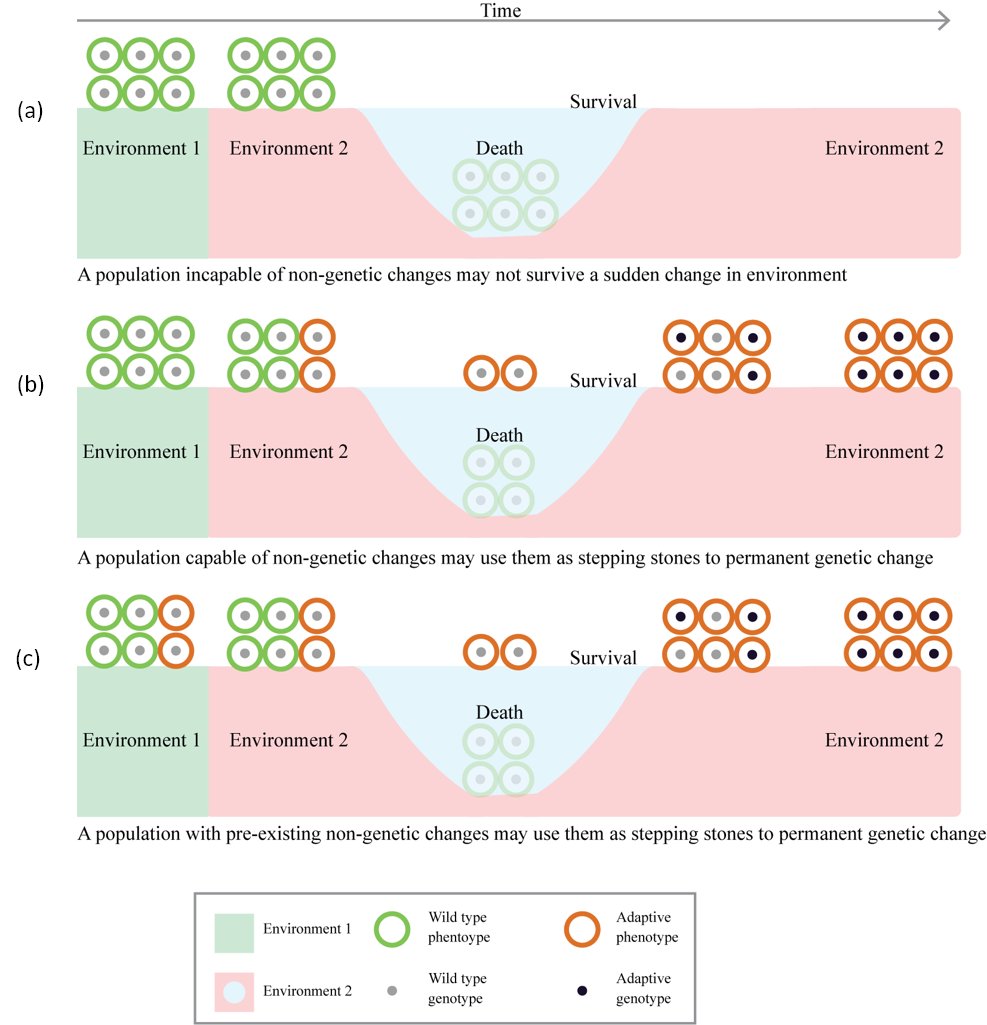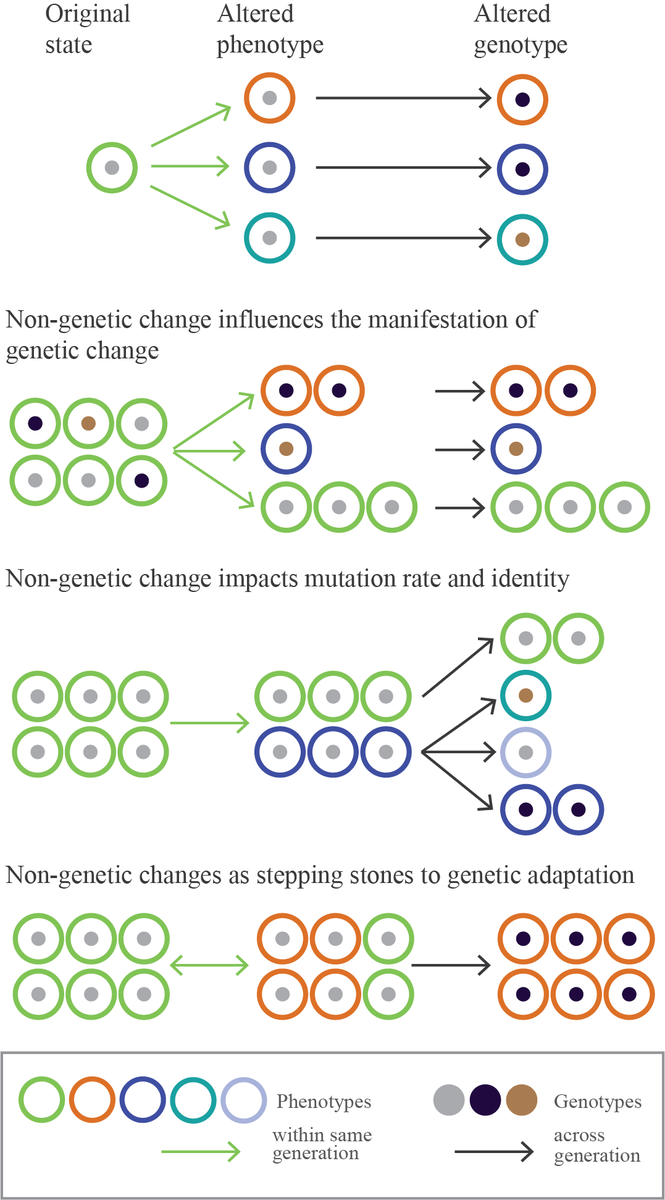Happy to share my first solo academic article, a mini-review now out on preprints:
https://www.preprints.org/manuscript/202008.0289/v1
Like">https://www.preprints.org/manuscrip... the boggarts popularized by Rowling, non-genetic changes are rapid and reversible. One way they can impact evolution is by indirectly influencing genetic change.
https://www.preprints.org/manuscript/202008.0289/v1
Like">https://www.preprints.org/manuscrip... the boggarts popularized by Rowling, non-genetic changes are rapid and reversible. One way they can impact evolution is by indirectly influencing genetic change.
As in this composite animal from a Mughal miniature painting (source: https://www.exoticindiaart.com/product/paintings/composite-extravaganza-MF86/),">https://www.exoticindiaart.com/product/p... phenotype is determined by genotype (the elephant outline), several non-genetic changes (the animals inside) and the environment (the mahouts)
In particular, I discuss the very limited experimental evidence for cases where beneficial non-genetic changes & #39;buy time& #39; for genetic change. Illustration by @ipsawonders Many thanks to @India_Alliance @NCBS_Bangalore @DeepaAgashe @sunillaxman for support and comments!
Also thanks to @ashamjos @BuddhSb @vrinzilla @MrudulaSane @GargeSneha for taking the time to read earlier versions and giving very useful comments! #epigenetics #AcademicTwitter
I classify three ways in which changes in transcription and translation can feed back into the genotype: (i) by uncovering pre-existing genetic variation (ii) by changing mutation rate or identity (iii) by acting as stepping stones for genetic change.Illustration by @ipsawonders

 Read on Twitter
Read on Twitter




